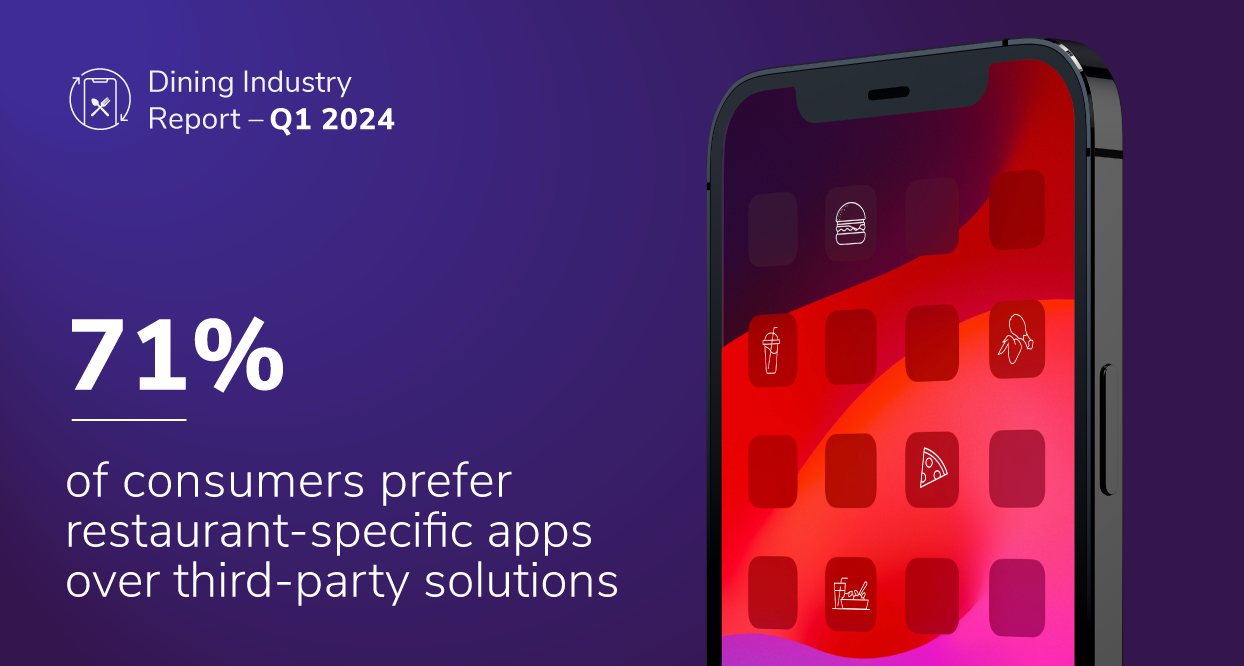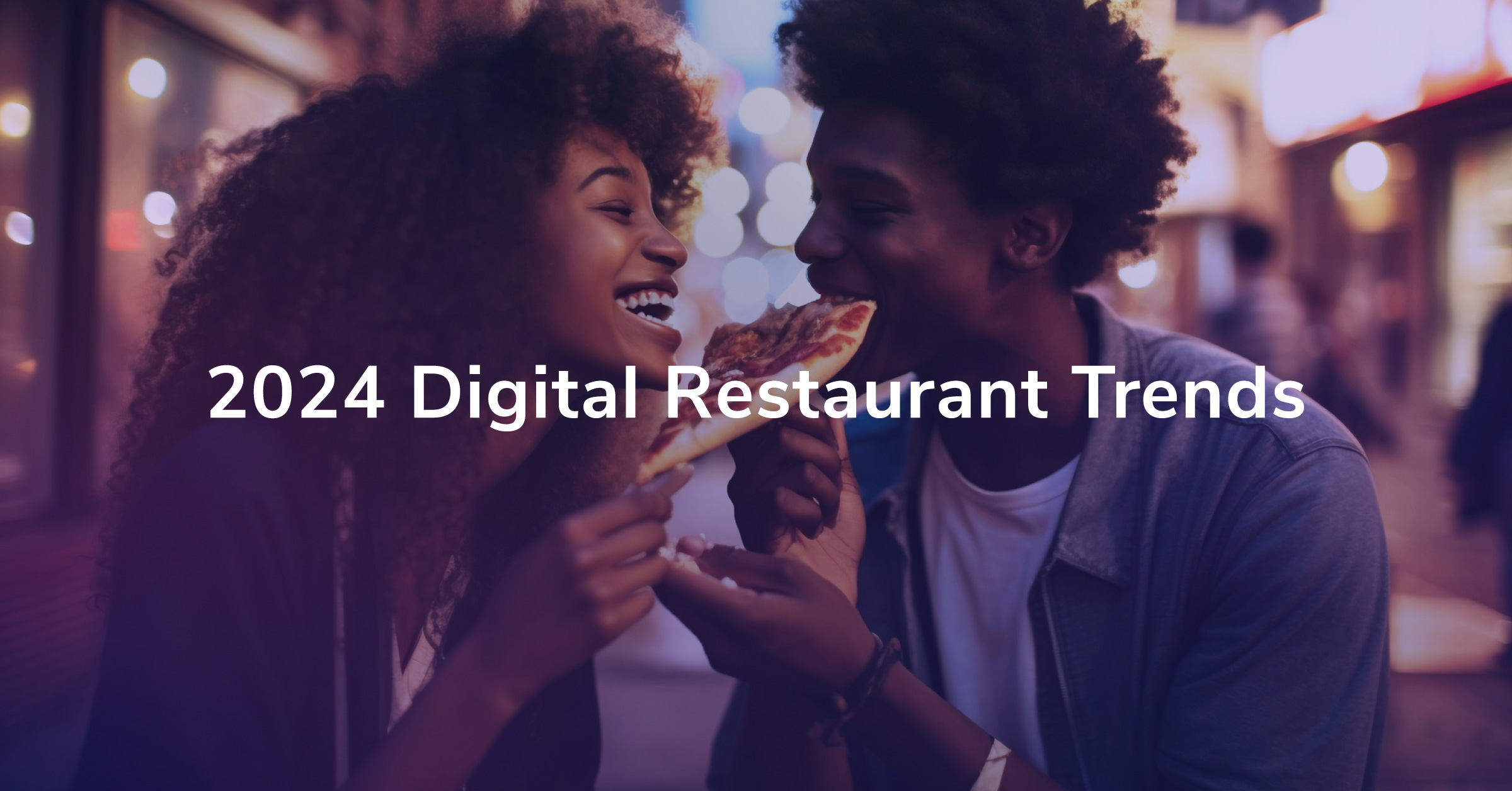Using Experience‑Driven Commerce to Distinguish Your Brand

It can be tempting to try to create a better digital experience mousetrap as a way to outperform your competitors. Hyper-curated content, artificial intelligence, conversational commerce, and IoT are all important topics. But the digital experience that will transform your company is not necessarily about outsmarting your competition as much as it is creating an experience that is authentic to your brand.
My colleague John Telford wrote a blog on personalization. Creating commerce solutions that transform your brand do indeed need to embrace personalization. But we know that personalization is not enough. At Bounteous, we define Experience-Driven Commerce as a ubiquitous and engaging shopping experience that distinguishes your brand. For example, if your mission statement was to create a place where people can come to find and discover apparel they want to buy online, what digital experience comes to mind to support your brand? Creative minds might explore all sorts of ways to present engaging content and storytelling to make the consumer’s experience relevant across all channels.
But, whose digital team would have come up with amazon.com? Perhaps you recognized the first line as a play on Amazon’s actual mission statement. While amazon.com garners their fair share of criticism when it comes to their customer experience design, there are many reasons why it works and works extremely well in the broader context of Amazon’s mission statement.
Take Domino’s Pizza, our long-term client, as another example. Much has been written about the success of Domino’s. When they first embarked on their digital transformation journey, they could have easily overthought their web-ordering experience. That’s because Domino’s initially built their brand over 30 years ago based on a 30-minute delivery guarantee. Even today, at 4:30 p.m. the majority of people do not know what they are having for dinner--so time is still of the essence.
To stay true to their mission, Domino’s created an engaging pizza builder and ordering experience without adding clicks. They now rightfully boast 14 ways to order pizza--and their “zero-click ordering” feature trumps Amazon’s “1-click ordering” that’s reigned since 1999. But it’s not about features, per se. The Domino’s digital experience is so crisp and ubiquitous that Domino’s now delivers more than pizzas - they deliver experiences. It’s a rare example of how a digital experience can truly transform a brand - and it only works because it is true to their mission.
There's an art and science to creating an experience that is simultaneously succinct and immersive. Hospitality companies are starting to realize that many people find planning the trip is almost as much fun as the trip itself. Certainly, Disney has set the standard in this regard. Booking a Disney vacation online in and of itself is a journey that creates both excitement and anticipation. It’s a prime example of bringing the brand story and value proposition together to meet the buying process in a seamless experience. We can refer to this as “experiential” commerce.
The same can be true for concerts, performing arts, and sporting events. Wilson Sporting Goods, another Bounteous client, completely redesigned their online experience with the right blend of functionality and storytelling to keep online shoppers engaged.
Prior to their redesign, the Wilson online experience was purely transactional. Now, there is an immersive experience across the various stages of the buyer's journey. A young baseball player, for example, can see (and order) what their favorite players use - such as the A2000 MC24 GM glove used by Miguel Cabrera. Players can customize their own glove or order the glove as specifically customized by Miguel. Fathers who place the glove order are able to find expert tips, videos, and a kit to help their son break in their mitt - which not only increases the brand investment but enhances the overall buying experience for the father.
Fluid experiences are hard to create and evolve
Once you have envisioned how to connect with customers on their terms in a way that distinguishes your brand, creating a fluid experience across touchpoints and devices is hard. There are many capabilities required, but three capabilities, in particular, distinguish companies that are setting the pace:
-
Analytics-driven Journey Maps - Also called data-driven journey maps, these utilize data, including web data or retail data, to quantitatively describe how customers or prospects interact with a brand. These journey maps answer the question, “What do most visitors do when they visit a site?” With this information, we can define the current state and uncover the levers that drive customer experience so that the future state journey effectively manages customer interaction with a brand.
-
Content Attribution Modeling - Content is at the heart of delivering your marketing message, and developing a strong cross-platform strategy is key to delivering that message successfully. With content attribution, we can take the value of a buyer’s purchase and spread it across the pieces of content leading up the purchase, helping us to determine the most valuable pages and messages that contribute to our sales.
-
Real-time Data Management - Data, and more specifically insights from data is a critical component in delivering on the promise of digital experiences. This has an inward face by enabling an analytics strategy that drives decisions at the top of your organization and allows for up-to-the-minute tracking of digital strategy goals. Real-time data management also enables rapid feedback as a user navigates your experience, providing immediate changes to “next best action” determination based on actions the user has just taken yielding the most fluid, adaptable experiences.
Experience platforms are important, too. We embrace Adobe’s notion of “fluid experiences” and how their Fluid platform enables them.
Errol Denger, director of commerce at Adobe defines the essence of fluidity as, “Creating a high-fidelity experience at every step in the customer’s journey. Delivering fluid experiences requires a real-time understanding of what the customer’s problem is, and then offering a curated solution that makes it easy to solve that problem.”
Ten years ago, the Chief Marketing Officer of the largest hospital systems described Bounteous as the company that “does the hard to do.” Since then, other enterprise companies and innovative startups have made similar statements. We have made the “does the hard to do” moniker a part of our mission and a source of pride in how we deliver digital experiences.


